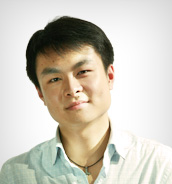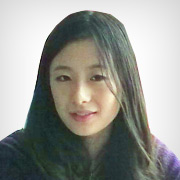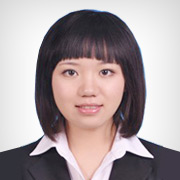Section C
Directions: In this section, you will hear a passage three times. When the passage is read for the first time, you should listen carefully for its general idea. When the passage is read for the second time, you are required to fill in the blanks numbered from 36 to 43 with the exact words you have just heard. For blanks numbered from 44 to 46 you are required to fill in the missing information. For these blanks, you can either use the exact words you have just heard or write down the main points in you own words. Finally, when the passage is read for the third time, you should check what you have written.
In the English (36)system, students take three very important examinations. The first is the eleven-plus, which is (37) at the age of eleven or a little past. At one time the (38)or (39)shown on the eleven-plus would have (40)if a child stayed in school. Now, however, all children continue in (41) schools, and the eleven-plus determines which courses of study the child will follow. At the age of fifteen or sixteen, the students are (42)for the Ordinary (43)of the General Certificate of Education. (44). Once students have passed this exam, they are allowed to specialize, so that two-thirds or more of their courses will be in physics, chemistry, classical languages, or whatever they wish to study at greater length. (45). Even at the universities, students study only in their concentrated area, and very few students ever venture out-side that subject again. (46).
Part Ⅳ Reading Comprehension(Reading in Depth)(25 minutes)
Section A
Directions: In this section, there is a passage with ten blanks. You are required to select one word for each blank from a list of choices given in a word bank following the passage. Read the passage through carefully before making your choices. Each choice in the bank is identified by a letter. Please mark the corresponding letter for each item on Answer Sheet 2 with a single line through the centre. You may not use any of the words in the bank more than once.
Questions 47 to 56 are based on the following passage.
Shopping habits in the United States have changed greatly in the last quarter of the 20th century. 47 in the 1900s most American towns and cities had a Main Street. Main Street was always the heart of a town. This street was lined on the both sides with many 48 businesses. Here, shoppers walked into stores to look at all sorts of merchandise: clothing, furniture, hardware, groceries. In addition, some shops offered 49 . There shops included drugstores, restaurants, shoe repair stores, and barber or hairdressing shops. But in the 1950s, a change began to 50 place. Too many automobiles had crowded into Main Street while too few parking places were 51 to shoppers. Because the streets were crowded, merchants began to look with interest at the open spaces outside the city limits. Open space is what their car driving customers needed. And open space is what they got when the first shopping centre was built. Shopping centers, or rather malls, 52 as a collection of small new stores away from crowded city centers. 53 by hundreds of free parking space, customers were drawn away from 54 areas to outlying malls. And the growing 55 of shopping centers led in turn to the building of bigger and better stocked stores. By the late 1970s, many shopping malls had almost developed into small cities themselves. In addition to providing the 56 of the stop shopping, malls were transformed into landscaped parks, with benches, fountains, and outdoor entertainment.
[A]designed [F]convenience [K]cosmetics
[B]take [G]services [L]started
[C]Early [H]fame [M]downtown
[D]Attracted [I]various [N]available
[E] though [J] popularity [O]cheapness
相关推荐:2007年12月英语四级全真预测试题解析
更多信息请访问:考试吧四六级栏目
>>>来四六级论坛看看吧
>>>四六级博客圈,你开博了吗?














